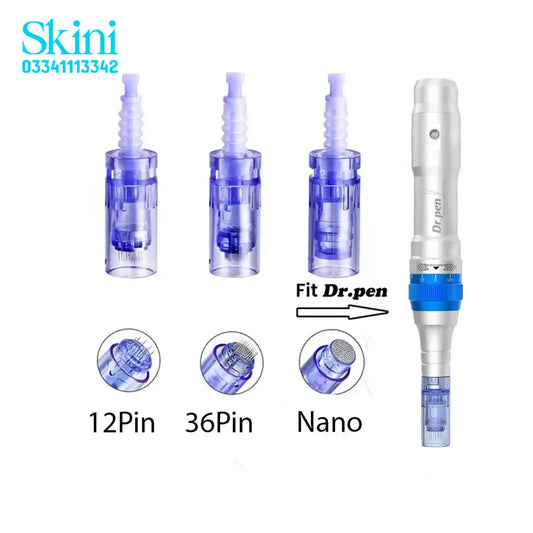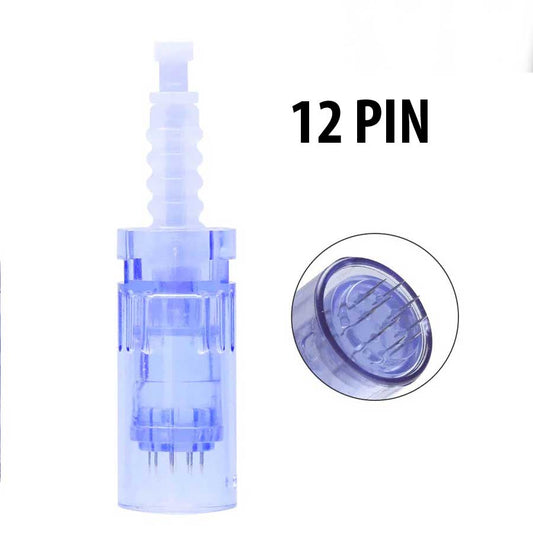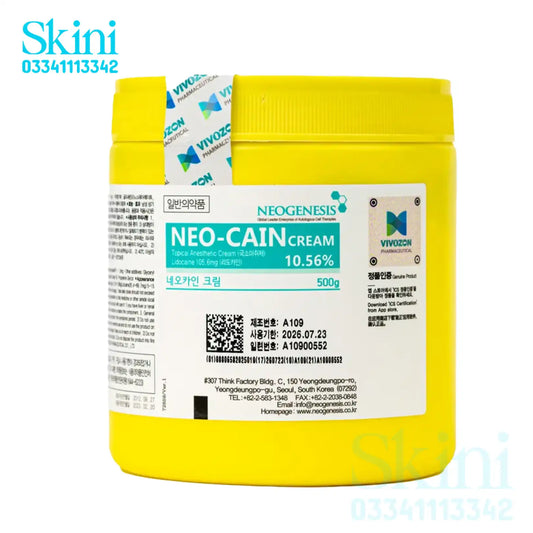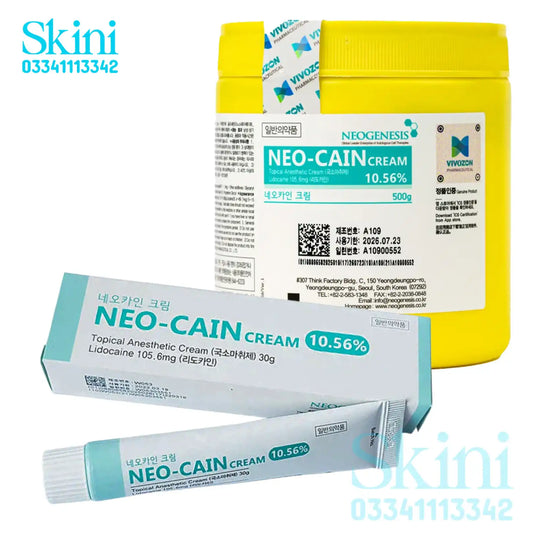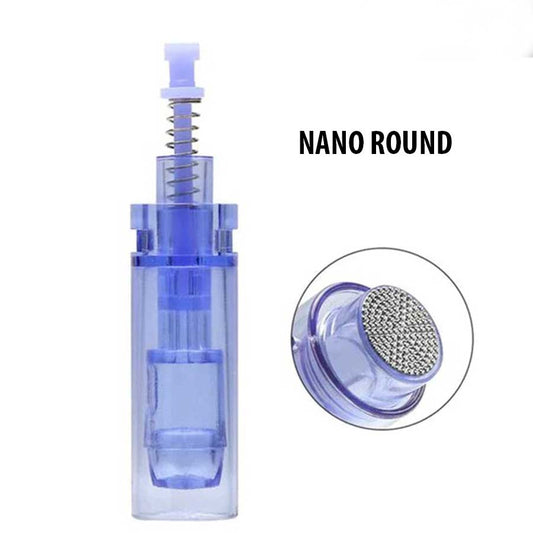
Hand Rehabilitation Gloves: A Comprehensive Guide
Hand rehabilitation gloves are an exciting advancement in medical technology, offering new hope for those recovering from hand injuries, strokes, and neurological issues. These innovative devices help restore hand function through specialized exercises, while providing comfort and support. This comprehensive guide will explore everything you need to know about hand rehab gloves - from how they work to their many benefits.
Understanding Hand Rehabilitation
Hand rehabilitation aims to restore strength, flexibility, and coordination in the hand and arm after an injury or condition causes impairment. Traditional occupational therapy focuses on exercises and specialized activities to rebuild these capacities. However, the process can be slow and frustrating.
New "soft robotic" gloves enhance the rehab process through automated assistance as the patient moves their hand. They are part of an emerging field called soft robotics - using lightweight, flexible materials rather than hard metals and plastics. These soft, comfortable designs work with the natural contours of the human body.
Hand rehab gloves filled an important need in the traditional therapy process. Research shows they boost engagement, motivation, and range of motion gains during recovery. Patients also gain independence to continue exercises at home when gloves are prescribed for take-home use.
Common Conditions Hand Rehab Gloves Can Help
Hand rehab gloves aid recovery from many conditions:
- Strokes
- Injuries and repairs like carpal tunnel surgery or tendon inflammation
- Arthritis - rheumatoid arthritis or osteoarthritis
- Nerve damage and compression - cubital tunnel syndrome, radial nerve palsy, or other neuropathies
- Muscular dystrophy, cerebral palsy, MS, or ALS
- Fractures or trauma requiring immobilization
- Activities causing overuse and pain - typing, gaming, or crafting
Gloves provide the missing assistance these patients need to rebuild strength and coordination naturally.
Key Benefits of Hand Rehabilitation Gloves
Hand rehab gloves give patients an advantage over traditional stationary therapy alone. How do they create better experiences and outcomes?
1. Patient Motivation & Engagement
One of the biggest perks of today's rehab gloves is how engaging and interesting they make the therapy process. The lightweight, flexible designs feel comfortable rather than clinical. Features like datalogging and responsive resistance make "gamify" repetitive exercises.
Studies consistently show hand therapy adherence rates below 50 percent for home exercise programs. Gloves double adherence by empowering independence while keeping exercises compelling. This motivation translates to better recovery results over time.
2. Personalized Treatment Pathways
Sensor feedback and programming during glove exercises create an adaptive, personalized treatment path. Data guides adjustments to match patient needs and performance.
As glove sensors track progress, parameters recalibrate. You work at your edge of ability without overexertion. These smart features keep improvement smooth and steady for better outcomes.
3. Restored Hand Function & Dexterity
The ultimate goal of hand rehabilitation is rebuilding the fine motor skills for activities of daily living. With help from sensorimotor glove feedback, patients progress further and faster. Actuators retrain the intricate muscular coordination of the hand dynamically.
Studies show glove users regain abilities like tying shoes, buttoning shirts, and utensil use more completely than traditional methods alone. More independence means better quality of life.
4. Reduced Pain & Increased Strength
Inflammation, overuse, and nerve issues often cause chronic hand and wrist pain. Assisted glove movements gently strengthen while protecting damaged tissues. Guidance reduces strain as muscles rebuild. Over time, activities become pain-free.
Vibrating actuators can also help retrain proprioception - your body’s sense of hand position and movement. Results are less pain, stronger coordination, and better function.
5. Accessibility and Affordability
Many patients cannot access occupational therapy consistently due to transportation issues, costs, or scheduling. Gloves allow patients to perform guided exercises at home for more therapy time with fewer access barriers.
Hand rehabilitation gloves are also more affordable than ongoing occupational therapy in many cases. Grants, lending programs, and insurance help offset costs as well. Improved patient access and consistent use drives better recovery.
Latest Hand Rehabilitation Glove Innovations
As demand and research grow, hand rehab gloves continue advancing quickly. Engineers are expanding features and addressing limitations of earlier prototypes. Two key innovations to look for are:
Machine Learning Integration
Smart algorithms offer a more personalized, optimized therapy experience. Machine learning models can interpret sensor data to target specific patient deficits. Resistance and assistance adapt in real time during exercises based on your progress. This automation allows gloves to extend therapy benefits.
Virtual Reality Compatibility
VR collaboration makes exercises more immersive, engaging, and functional. Gamified experiences help take patients’ minds off discomfort. Guidance during simulated daily tasks augments real-world skills. Sensor gloves plus VR headsets and controllers provide motivational home programs. Patients receive therapy similar to advanced clinical systems at a fraction of the cost.
These cutting-edge add-ons demonstrate the dynamic innovation potential ahead for hand rehab gloves. Cost, clinical access barriers, and human resource constraints in therapy drive the need for smart at-home solutions. Hand gloves help address this gap through medical grade engineering paired with usability.





